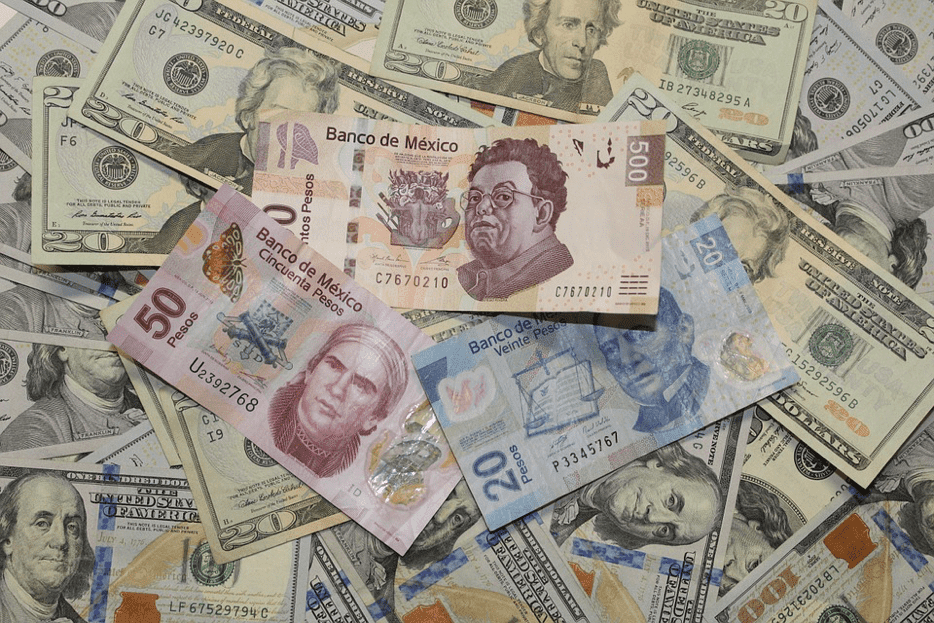
The coronavirus outbreak is having a significantly detrimental effect on the global forex markets, the latest technical charts show.
With the virus spreading to parts of the world outside of Asia, the financial ecosystem has been impacted as far away as Europe, and with the number of identified cases continuing to rise, there doesn’t appear to be any end to the woes in sight.
As of February 20, the death toll was in excess of 2,000, while 80,000 cases have been reported worldwide.
As you can probably imagine, these are not conditions in which stable markets tend to flourish, although the US Dollar is fighting the downward spiral somewhat.
Source: Pixabay
Closer to the epicentre of the outbreak, there has been plenty of volatility in the Nikkei Index, while the FTSE has also seen a downturn since news of the coronavirus outbreak has been reported. As far as currencies are concerned, both the Chinese Yuan and Japanese Yen have been spectacularly volatile in the first weeks of 2020, although the overall picture is rather gloomy with a severe downturn likely.
At the time of writing, however, US indices continued to flourish – perhaps investors are sending their money into these more stable markets, with just 15 cases of coronavirus reported in America at the time of going to press.
Claim up to $26,000 per W2 Employee
- Billions of dollars in funding available
- Funds are available to U.S. Businesses NOW
- This is not a loan. These tax credits do not need to be repaid
As far as other asset classes are concerned, gold and crude oil – while both testing lower handles on the charts – have remained typically strong.
China’s Supply Chain Cut Off
With the number of reported cases continuing to rise, and no obvious cure on the horizon, it is unlikely that the spread of coronavirus is going to halt any time soon – indeed, there’s talk of major events like the Olympic Games in Tokyo being affected.
It’s not just China bearing the brunt either, with case numbers increasing in Japan, Hong Kong and South Korea, while four deaths have been recorded in France.
China is a major facilitator of the global supply chain, and the impact of the outbreak has affected the volume of goods coming in and out of the country – Hubei, for example, is a key industrial centre that has remained on lockdown throughout the spread of the virus.
Source: Pixabay
With many employees quarantined or told to stay at home, many factories and logistics operators remain closed too, which is putting a strain on the economy of China and many of their global networks.
Euro Woes Continue
As a major global power, the downturn in China will continue to have implications for the forex market and other instruments around the world. The Eurozone continues to struggle in the wake of Brexit, and this latest bad news event is hardly helping matters either. The Euro remains weak, down six cents in real terms since June 2019, and it is currently trading at its lowest level since the financial crash of 2017.
The EUR/CAD trading pair has been harshly hit – more so than EUR/USD, and the downward trend looks set to continue in the short- and medium-term, with most forecasters expecting bearish conditions for the foreseeable future.
The EMA on the pair has tested the 200 range, and this is comfortably below the year-long outlook; any hopes of recovery appear to be forlorn at best.
A number of major European countries are export-orientated, and that in itself is leading to problems given the logistical constraints in the controlled movement of people and goods. The ‘r word’ – recession – has reared its head in some discussions, and rumours persist that the European Central Bank will be forced to announced interest rate cuts to stimulate the wider economy.
US Dollar Remains Strong in Adversity
Completely bucking the trend for currencies recording lows is the US Dollar, which has climbed through resistance to reach 99.88 as of February 20, which is the strongest support it has seen in weeks.
USD seems to be inversely linked to the Yuan, the Euro and other major currencies at the moment, perhaps with more trade flooding into the US, while China remains essentially on lockdown.
Long term, the picture is rather unclear, given that nobody knows how long the coronavirus is going to be a major factor; however, for the medium-term, the USD looks to be the safest play for currency prospectors.



